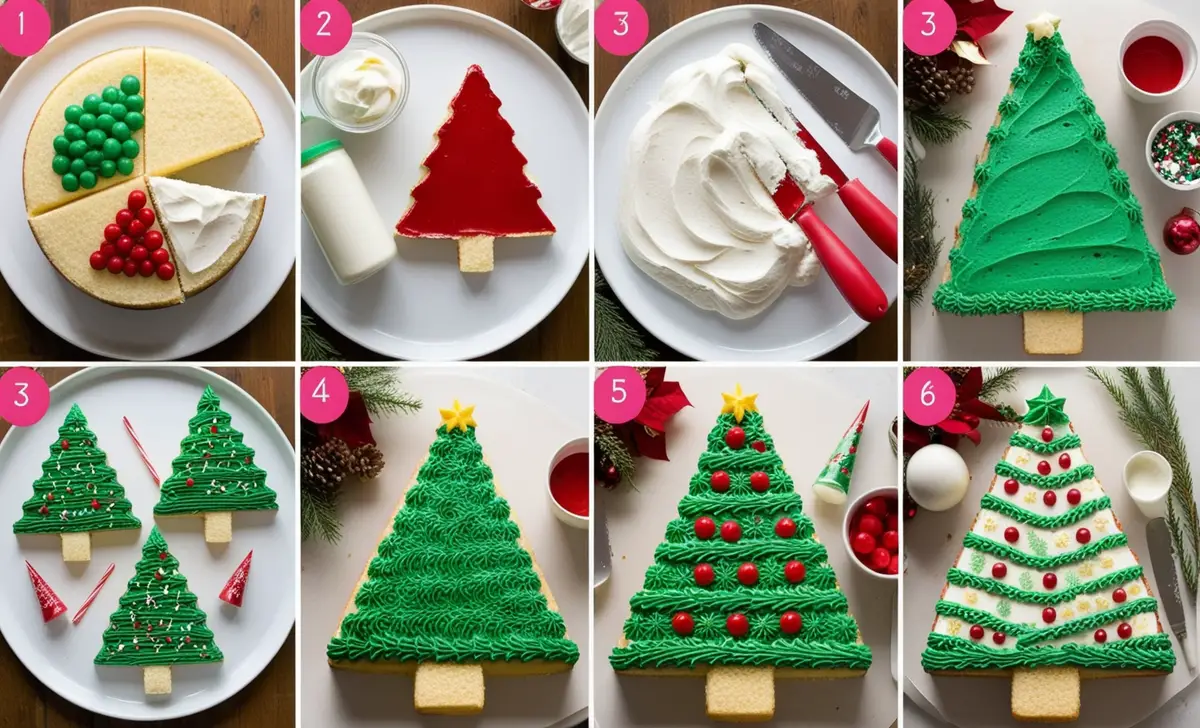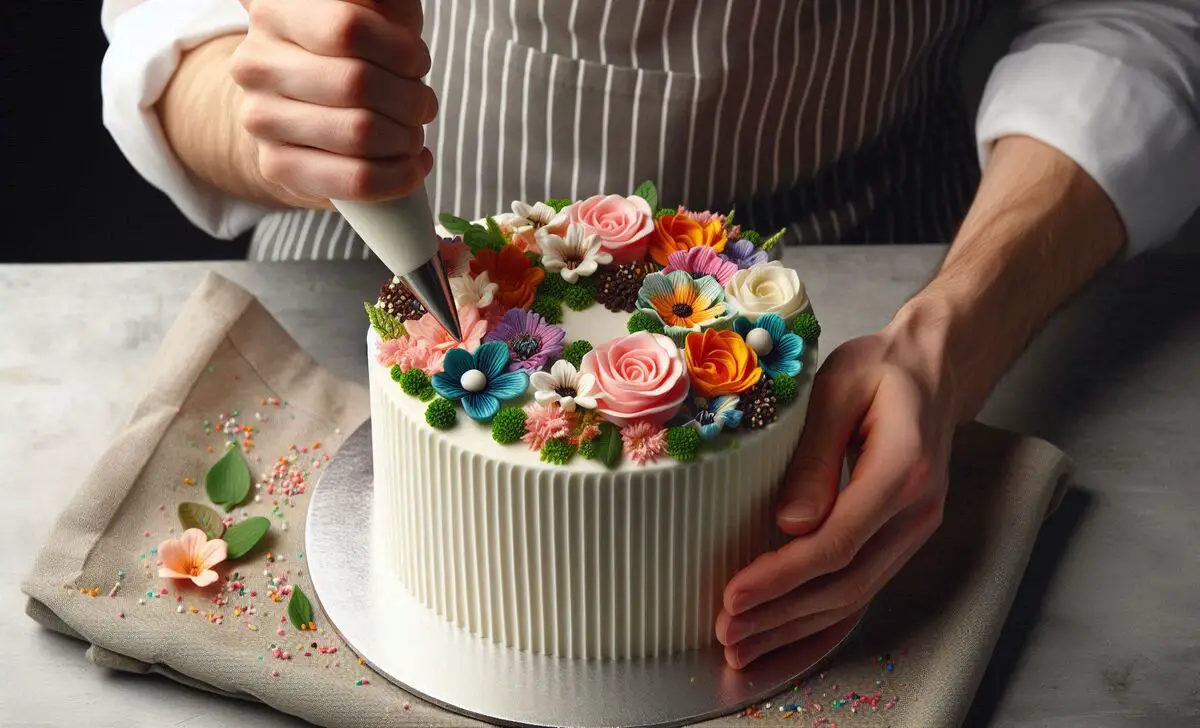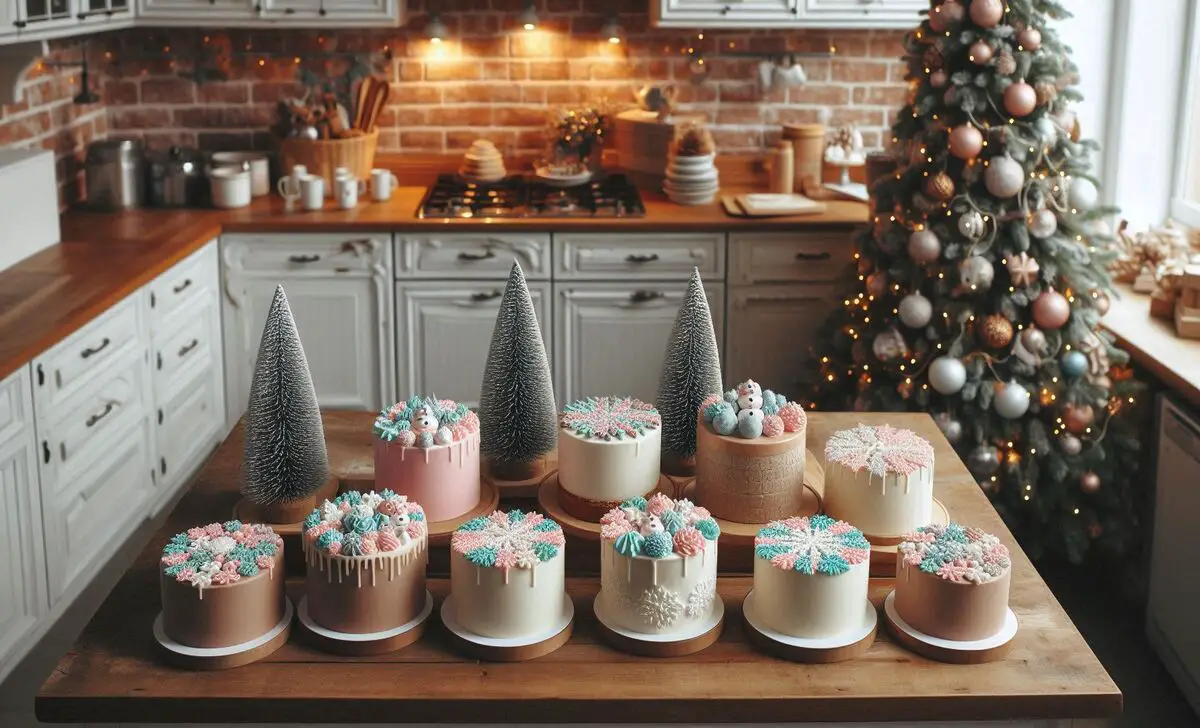Christmas Tree Cakes are a festive treat that capture the joy of the holiday season. Whether baking them from scratch or putting a twist on store-bought options, making these cakes can be a fun and rewarding activity.
Surprisingly, the precision and customization in baking align well with configuring software environments and coding setups. This guide will show you how to make delicious Christmas Tree Cakes while integrating creative references to tech customization for a unique reading experience.

Ingredients For Christmas Tree Cakes

Before we dive into the process, gather the following ingredients:
- Cake: 1 box of vanilla cake mix (or your favorite cake recipe)
- Icing: Vanilla buttercream (store-bought or homemade)
- Decorations: Green and red sprinkles, edible glitter, and small star symbols for the top of the trees
- Tools: Christmas tree-shaped cookie cutter, baking sheets, mixing bowls, spatulas, and a piping bag with a star tip
Step 1: Prepare The Cake Base

- Mix the Cake Batter: Follow the instructions on your cake mix box or prepare a batter from scratch. Preheat the oven to the recommended temperature and grease your baking sheets.
- Bake the Cake: Pour the batter onto a baking sheet, ensuring an even layer so that your trees bake uniformly. This parallels setting the right window size in Visual Studio Code or PowerShell to avoid overflow issues, ensuring everything fits neatly.
- Cool the Cake: Once baked, let the cake cool completely before moving on to the next step. Cooling is as crucial as saving your work settings in a configuration file; it ensures a smooth decorating process.
Step 2: Cut Out The Tree Shapes
- Use a Cookie Cutter: Take a Christmas tree-shaped cookie cutter and carefully cut the cake into tree shapes. Just as you select a default font or customize the font face in a coding environment, choose shapes that stand out.
- Place Trees on a Tray: Lay the cake trees on a tray lined with parchment paper, preparing them for icing and decoration.
Step 3: Prepare The Icing And Decorations

- Mix the Icing Colors: Separate the icing into bowls, and add food coloring to create the shades of green, red, and white. This is like using the font color option in PowerShell or Visual Studio to differentiate sections in your code.
- Prepare the Piping Bag: Load the icing into a piping bag fitted with a star tip, ready to decorate each tree. Similar to configuring the PowerShell profile for easy access, organizing your decorating tools before starting will save time.
Step 4: Decorate The Christmas Tree Cakes
- Pipe the Icing: Starting from the bottom of each tree, pipe small stars or a zigzag pattern up to the top. Customize your cakes as you would personalize your font style or font family in a coding setup, using various colors and shapes.
- Add Edible Decorations: Sprinkle red and green sprinkles and edible glitter on top of each tree to add that holiday sparkle. This step mirrors using bold text in a style sheet to highlight specific parts of your code or document.
- Place Star Symbols: Add a small edible star at the top of each tree. Stars are the perfect symbol to represent the holiday season and add a finishing touch.
Step 5: Let The Cakes Set

- Allow the Icing to Harden: Place the decorated trees on a tray and let the icing set completely. This waiting period is similar to when you run a PowerShell script and need to let it complete without disturbance.
- Store the Cakes: Once set, you can either serve the cakes immediately or store them in an airtight container. If saving for later, consider arranging them like items in a cookie list—organized and easy to access.
Additional Customization Techniques (Tech Parallels)
- Change the Display Settings: Adjust the visual aspect of your workspace, from window size to background. This is similar to choosing different font types in PowerShell ISE or VS Code.
- PowerShell Customization Tips: Open PowerShell and go to the title bar’s context menu to change the default font size, font color, and window settings, much like how you decorate and modify your Christmas Tree Cakes for a unique look.
- Visual Studio Code Tweaks: Just like customizing cakes, you can modify VS Code’s display with custom fonts, font faces, and bold text. Experiment with fonts like Consolas or Lucida Console by going to File > Preferences > Settings.
- Microsoft Store Fonts: You can download custom fonts from the Microsoft Store or trusted sources to give your code editor a festive look, much like using colorful decorations on your cakes.
- Command Line Integration: Set PowerShell as your terminal in VS Code and adjust settings such as font size, font family, and tab width in the settings file. This ensures your command line experience aligns with your other customization preferences, similar to arranging decorations on your Christmas Tree Cakes.
Conclusion
Making Christmas Tree Cakes is as enjoyable as personalizing a tech environment with custom fonts and settings. Just as you might choose a unique font face or style in PowerShell, you can make creative choices with your cake decorations.
From adjusting the window size to setting up registry keys in PowerShell for user authentication, customization parallels are everywhere! So embrace the holiday spirit, get creative in the kitchen, and enjoy the joy of customizing—whether it’s your Christmas Tree Cakes or coding workspace.
FAQs
1.What Is The Best Font For Powershell?
Consolas and Lucida Console are two popular options that provide clarity in PowerShell.
2.Can I Add Custom Fonts To Visual Studio Code?
Yes, install your desired font and set it in VS Code’s settings under Font Family.
3.How Do I Adjust The Powershell Window Size?
Right-click the title bar, select “Properties,” then set the dimensions under “Layout.”
4.How Can I Make Powershell Look Festive?
Customize your PowerShell with colors and fonts, or use a themed background.
5.Where Can I Download New Fonts For Powershell?
You can find fonts in the Microsoft Store or other trusted online sources.